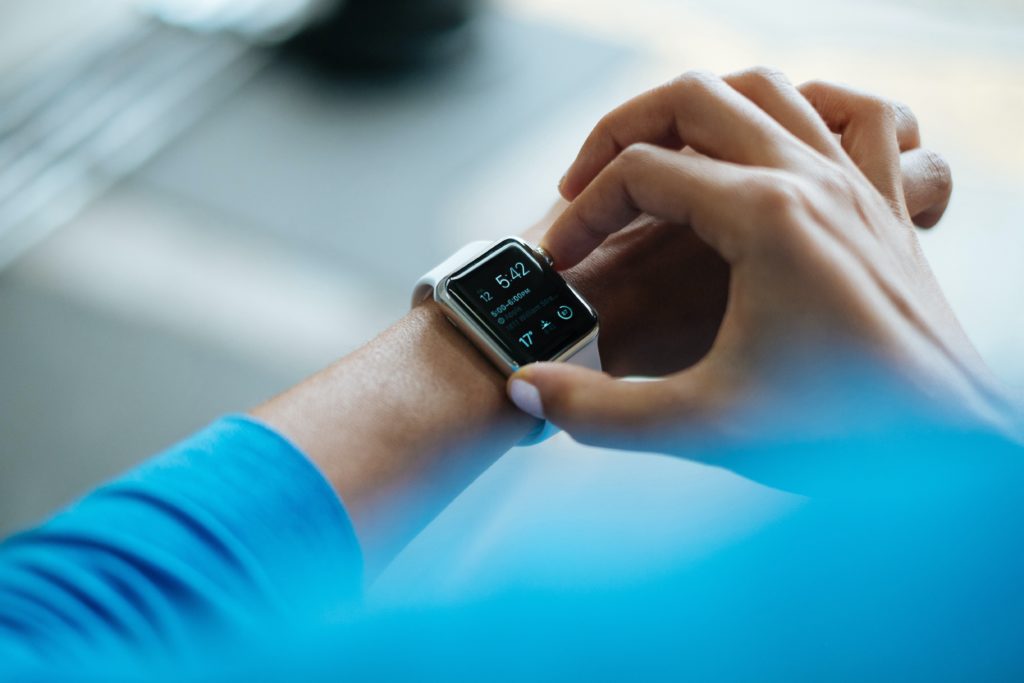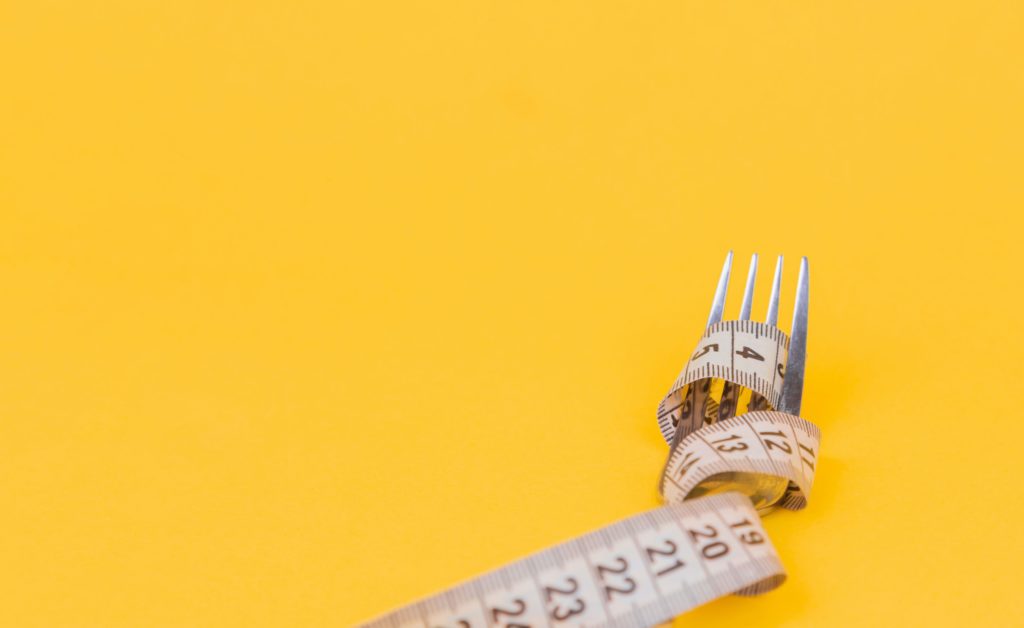The Importance of Simplicity
For most, the road to a perfect body is never easy. With many distractions along the way, like weight loss pills and fad diets that promise of quick and fast results with no exercise, you often find yourself back where you started after some time.
Fad diets work, but they could also have adverse effects on your body. Adopting proven, safe, and effective methods of losing weight is the best approach. We also have a simple trick we think could be holding your weight loss results back.
How to Spot Fad Diets
Fad diets are notorious for over-promising and under-delivering. While a good number of them try to achieve some results, in the end, they fail miserably because you gain the weight back after going off the diet.

Not only are fad diets ineffective in helping you lose weight, but they can also be harmful to your health and alter your metabolism. In some worse case scenarios, it contributes to high blood pressure and elevated cholesterol levels.
Spotting a fad diet can save you from these potential pitfalls and wasted time on your fitness journey.
Here are a few tell-tale signs of fad diets.
Promise of Rapid Weight Loss
Rapid weight loss is a catch-phrase with most fad diets. It usually means you’re losing water and muscle mass instead of fat. Low-calorie diets can achieve rapid weight loss, but this is unsustainable, and they could leave you with nutrient deficiencies.
“You Can Eat Whatever You Want and Still Lose Weight.”
You’ve probably heard this before. That’s because it’s commonly used when advertising fad diets. The reality is, weight loss is a game of numbers. You have to decrease your calorie intake while increasing the number of calories you burn. It’s known as creating a caloric deficit. More on this later. Although the headline boldly suggests you can eat whatever you want, there’s always a fine print that suggests something entirely different.
Requires that you Get Rid of Certain Foods Completely
Cutting out entire food groups can leave you at risk of nutrient deficiencies, decrease your energy stores drastically and leave you prone to diseases and infections. A balanced diet is critical for both weight loss and good health.
It Requires You to Replace or Skip Meals
If you see a diet plan advocating for replacing certain meals with special drinks, or food bars, it’s automatic that it’s a fad diet.
No Exercise Needed
Fad diets flourish on the idea of easy results without the work. Exercise is an excellent tool in your weight loss journey, and it also improves your overall physical and mental health and metabolism.

Why Fad Diets Don’t Work
Despite the tempting marketing gimmicks and fancy slogans, fad diets don’t work. More so, if your goal is to lose weight and keep it off. If you’re gunning for long-term success, fad diets should be out of the question. Here’s why:
1. They only offer short-term results
It’s almost impossible to make a fad diet your new long-term diet plan without putting yourself at serious health risks. Since you can only sustain the diet for a short time, once you get back to your usual routine, your weight also returns.
2. They don’t change your behaviors
Your weight loss journey should be an opportunity to change your eating habits. It’s a chance to learn about long life practices like portion control, eating when you’re hungry, and eating healthy. Fad diets only give you quick fixes leaving you susceptible to weight gain and even worse eating habits.
3. They are Misleading
Who wouldn’t want to lose up to 10 pounds in 10 days? These phrases are cleverly worded with words like “up to,” meaning even if you lose a pound in 10 days, it’s still a win. The truth of the matter is, you’re getting the short end of the stick.
4. You Don’t Lose Fat
With fad diets, you’re more likely to lose water and muscle than to lose fat. It will still reflect a decrease in weight on the scale, but the fat is still there, and you could be subjecting your body to severe torture.
5. They Don’t Address the Problem
Every fad diet takes the same approach to weight loss – denying your body food. Without addressing some of the underlying issues, this could lead to even more weight gain once you stop following the diet.
6. The Diets aren’t Nutrition-based
Observing proper nutrition is crucial for successful weight loss. Most fad diets lack several vitamins and minerals essential in the functioning and health of the body.

Healthy Eating and Exercise are the Answer
A good weight loss regimen starts with watching what you eat. Cut out processed carbs and sugars and limit saturated fats. Focus on fiber and resistant starch, vegetables, and a healthy balance of carbohydrates, proteins, and fats.
Exercise is vital in weight loss. It helps to torch fat deposits by increasing the demand for energy in the body. There are various workout routines you can adopt, among them HIIT, weight lifting, among others.
When exercising, you should aim to clock about 40 minutes of intense workouts regularly. Couple with a good diet, this is one of the most effective and safest ways of losing weight. It comes with the benefit of a fit body and toned muscles.

The Simple Weight Loss Trick Every One is Missing – Even the Fitness Industry
As mentioned earlier, we have one simple trick that could unlock your weight loss potential. This simple trick could explain why you’ve been working out, even changed your diet but still can’t see results.
Surprisingly, even some of the best fitness trainers in the world are missing it despite it being so straightforward. It’s called the calorie deficit!
What is the Calorie Deficit?
A calorie deficit is when the number of calories a person consumes in a day is lower than the number of calories they burn.
The body needs to burn through a specific number of calories each day to complete its functions. The definitive number of calories you burn will depend on several factors like:
- Level of physical activity
- Weight
- Height
- Age
- Sex
- Body composition
Although a calorie deficit on its own might not be enough to lose weight, it is a core factor in achieving desirable results in all healthy weight-loss strategies. A calorie deficit ensures the body digs into its fat deposits and metabolizes them to produce energy, hence losing weight.
However, you should ensure that you use more calories than you take in hence the need to exercise.

How to Create a Calorie Deficit
There are several ways you can achieve your caloric deficit. Some of these are:
Eat less food
You can cut back on your portion sizes, reduce snacking or opt for lower-calorie foods when eating. The emphasis here is on reducing and substituting. You should not starve yourself to create a calorie deficit. If you could deplete your energy supply, making you feel fatigued and lethargic.
Get active
Your level of physical activity greatly impacts the number of calories your body burns through each day. By getting more active, you can increase the number of calories your body needs but consume your usual number of calories, causing a calorie deficit.
The Bottom Line
Cutting calories is an integral part of weight loss. Although it’s not the only consideration to make, this simple tip could be what has been holding you back and preventing you from losing weight as fast as you should.
If you’re considering this approach, cutting about 500-1000 calories a day is an excellent place to start if you’re looking to lose weight.







